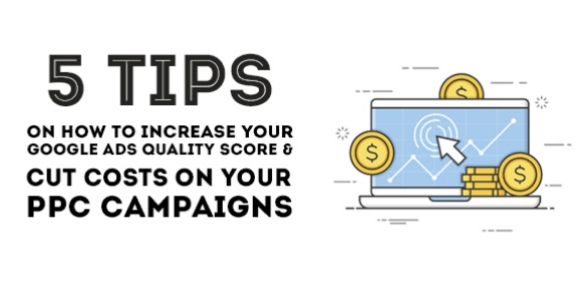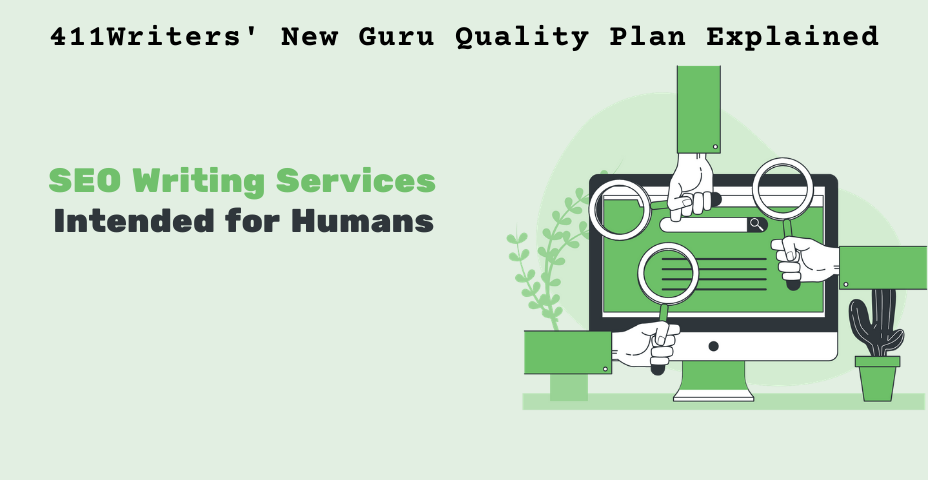There hardly is an advertiser out there who has never managed a PPC ad campaign. PPC is, after all, about getting high ROI and winning more clients. However, there are plenty of advertisers who continue to go over budget by keeping poorly performing ads way too long, way too often. I am on a mission to stop these treacherous things from happening, so I am sharing my favorite 5 tips on how to increase your quality score.
Why do you need a high-quality score, you might ask?
In simple terms, the higher your quality score, the lower your cost-per-click. A high-quality score is Google’s way of saying your PPC ads meet your potential customers’ needs. As a reward for meeting users’ needs, Google will charge you less for the ad click. Does that sound like something you want?
I thought so.
1. Target Specific Keywords, Avoid the Broad Match
Just like everything else in SEO, it all begins and ends with keywords. Set your content creation strategy, and use the best keyword match type based on that.
When creating text ads in Google Ads, you have the option to use four different keyword match types — broad match, modified broad match, phrase match, and exact match. As you can guess, each has its fair share of pros and cons, so you should be well aware of the kind of campaign you are going to run before you get to this stage.
The most restrictive type is, as the name suggests, the exact match type. It allows you to reach the most relevant search engine users whose search query is an exact match to your keyword. That way, you get to reach a selected group of users and cut costs from irrelevant clicks made by uninterested readers who were not converted. Bear in mind, you are restricting your traffic volume, as more specific search queries have a lower search volume. Do your keyword research homework properly!
If you choose a broad match, yes, more people will be able to see your ad, but you will simply be paying more to display your ad to users who won’t click.
2. Don’t Forget to Use Negative Keywords in Your PPC Campaigns
Negative keywords are words that your ads will not show up for in SERPs. By using negative keywords, you will ensure that Google is not showing your ads to search users who are not a good fit for your brand.
If you are selling Apple computers, for example, you would want to target people who are searching for computers and not ones who are interested in making apple pies. You can add the word “food” to your negative keyword list, and that will automatically filter the users who are searching for laptops and not fruit.
It is easy to see from this example how failing to utilize negative keywords can waste you a lot of money on clicks from uninterested users. Since your business pays for every single click, irrelevant search users will only drive your costs up and have both your quality score and ROI plummet.
3. Group Your Keywords
Have a good look at your keywords. Put the similar ones in one group. If you place all your keywords in a single campaign, you run the risk of your ad text not being relevant to every keyword. It may sound like a logical step to take, but so many advertisers still don’t do it. A poor match between your ad copy and your keyword will have your click-through rate sink while your cost-per-click will skyrocket.
4. Optimize Your Ad Text & Test It
If your ad text gets more clicked through than your competitors’, your cost-per-click will go down, and your quality score will go up. How can you achieve that? Easy.
A strong PPC ad copy will include:
- Features
- Benefits
- A call to action
A strong and well-optimized PPC ad copy will:
- Identify benefits first — the must-have attention grabber
- Highlight what is unique in the product/service/business offer — it improves conversion rates
- Use your main keyword in the headline — it increases relevance
- Use negative keywords — to filter out non-relevant searches
- Avoid repetition — it annoys readers
- Include prices and promotions
- Highlight features
- Use calls to action that really prompt action
As you can see, even in something as seemingly simple as ad texts, quality content creation is everything.
Once you have it, you need to test your ad copy. Check the ad texts your competitors are using for the same keywords. If you can’t find enough information, consider using platforms, such as SEMrush, Exponea, and Serpstat. Put in a keyword and it will show you the bidding history of that keyword plus the ad copy of each ad.
5. Optimize Your Landing Page
So, you have made readers click through, but what if there is a lousy landing page to greet them?
Crafting good landing pages is an art in itself. Once you have made it, test it. Run tests, using platforms, such as Crazy Egg, Hotjar, and Zarget to keep track of how your landing page is performing. You will see where your readers are pausing at the page, what they like, how far down they are scrolling. This will help you find the areas that need improvement and the ones you have nailed.
Which of these tips are you using? What would you add to my list? I’d love to hear your thoughts!






